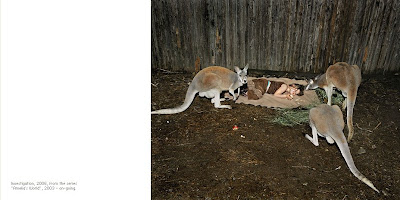
© Lara Shipley
 My friend Lara Shipley emailed me that her photo was on the cover of Double Think magazine. I love the photo and it was great to be exposed to the magazine. Much of their content is available online including an article of particular interest to me by Helen Rittelmeyer titled Jezebels With A Cause. Rittelmeyer discusses date rape and promiscuity as it relates to the philosophies of the (Fourth Wave Feminist?) movement Jezebelism.
My friend Lara Shipley emailed me that her photo was on the cover of Double Think magazine. I love the photo and it was great to be exposed to the magazine. Much of their content is available online including an article of particular interest to me by Helen Rittelmeyer titled Jezebels With A Cause. Rittelmeyer discusses date rape and promiscuity as it relates to the philosophies of the (Fourth Wave Feminist?) movement Jezebelism.






















